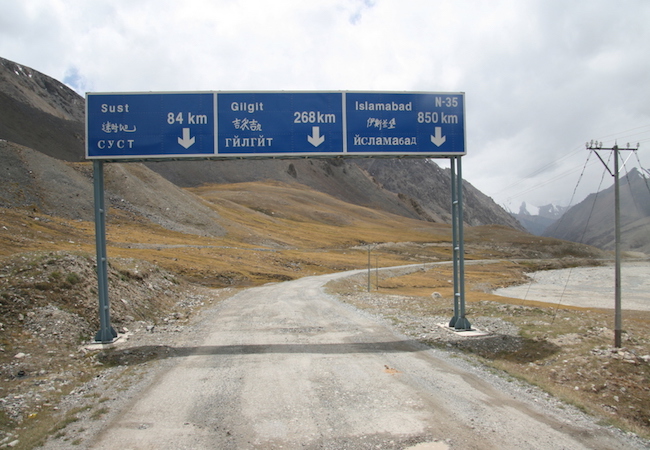
By Muhammad Adil Sivia
Developing countries often rely on agriculture sector as main driver of their economies. Major chunk of labor force is absorbed by agriculture sector directly or indirectly. Limited technical knowledge base, shortage of capital and inconsistent long term industrial policy framework hampers the prospects of transformation of agrarian society to industrial society. Pakistan has long relied on agriculture sector to grapple with unemployment genie. Banking on one sector for employment generation has failed to meet the expectations. The path to economic development goes through manufacturing and high-end services sector.
China Pakistan Economic Corridor (CPEC) provides the opportunity for diversifying and expanding the size of Pakistan’s economy. Through Foreign Direct Investment (FDI) inflows under CPEC, chronic shortage of capital for developing infrastructure for launching industrialization drive will be lessened to greater extent. Availability of cost effective and sound communication infrastructure for movement of raw materials and finished goods is one priori for providing establishing competitive industry in globalized world. The Chinese model of economic development is premised on the notion that infrastructure development and economic development reinforce each other.
Job creation for youth bulge of Pakistan that is often termed as asset should be main priority of state before this asset turns into liability due to unemployment. Misplaced priorities of the policy makers of the country are serious concern in this regard. CPEC through employment generation will provide timely and corrective intervention for addressing the grievances of unemployed youth. Chronic electricity shortage has worked to further shrink the meager exiting industrial base of Pakistan. Early harvest energy projects under CPEC will help reduce the electricity shortfall in short run. Affordable and sustained electricity supply is essential for reviving Pakistan’s industry and attracting foreign investors to invest in industrial sector of Pakistan. Power generation projects under CPEC will create thousands of jobs directly while supporting millions of jobs indirectly.
The utility of Special Economic Zones (SEZs) for efficient utilization of industry dependent on agriculture, manufacturing industry, employment creation, and expanding exports of a country has been established fact around the world. SEZs are means to the end of industrialization but successful establishment and sustenance of SEZs requires well thought long term consistent investor friendly policies. China has effectively followed the SEZs focused economic development strategy. Nine locations for SEZs have been identified under CPEC, while further consultation is ongoing between China and Pakistan for identifying more locations for SEZs. The problem of capital and capacity deficiency can be ameliorated through Joint Ventures (JVs) between Chinese and Pakistani business community in these SEZs. Developing stakes of local industry and protecting their interest under CPEC is necessary for developing domestic industrial base. Pakistani industrialists should be offered incentives at par with Chinese investors for investment in these SEZs.
Having skilled labor is essential for moving up the manufacturing chain in industrial sector. Building the capacity of cottage industry through skills is necessary for launching industrial revolution through step by step bottom to top approach. The educational institutions involved in producing technical skilled labor should be connected under CPEC to their counterparts in China. CPEC can be real game changer only if it helps Pakistan to develop indigenous industrial base with assistance from China. Producing Pakistani skilled labor and management for utilization in CPEC related projects is necessary for developing the stakes of local people. What other way can be better for developing and sustaining the ownership of CPEC projects than providing jobs to the people of the areas where these projects will be implemented?
Value addition is of paramount importance not just for enhancing the exports of Pakistan but for job creation as well. Streamlining of the processes involved in value addition chain for converting raw materials into finished goods is required for maximizing the benefits from CPEC. Chinese investors should be encouraged to form JVs with Pakistani industries for completing the value addition process both in agriculture and industrial sector so that finished goods can be exported from Pakistan to China and rest of the world. CPEC Long Term Plan for economic engagement should be structured on developing JVs in SEZs, capacity building of labor and industry, and substantial investment in Research and Development (R&D) by linking technical education institutions and industry of Pakistan. The potential of CPEC being game changer can be realized through making and implementing long term plan for industrial development of Pakistan.
Muhammad Adil Sivia is Research Associate at Strategic Vision Institute, a think-tank based in Islamabad.




